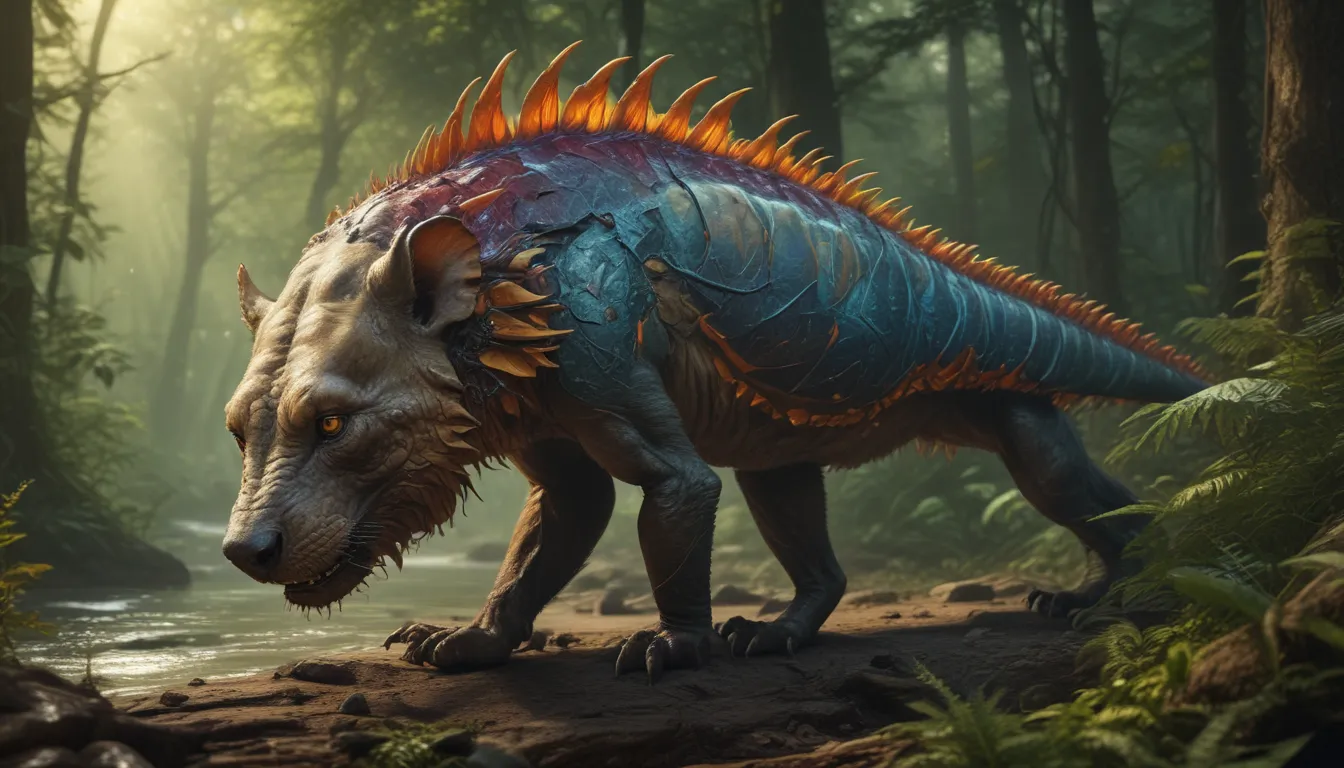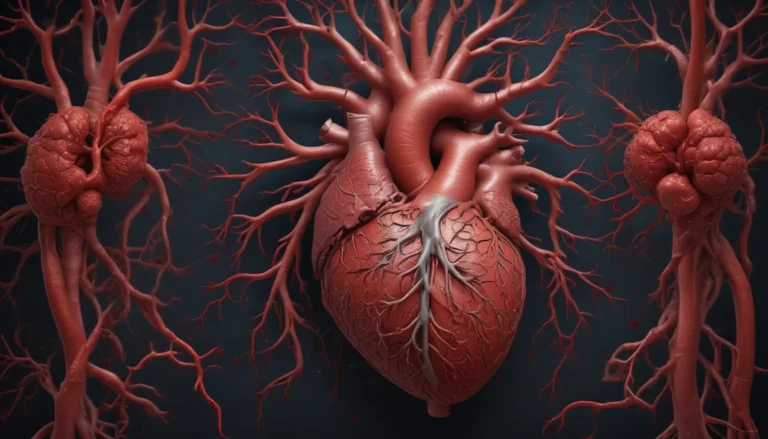A Note About Images: The images used in our articles are for illustration purposes only and may not exactly match the content. They are meant to engage readers, but the text should be relied upon for accurate information.
Welcome to the captivating world of adaptive radiation! This remarkable phenomenon in biology has shaped the diversity of life on our planet, offering us insights into the incredible evolutionary processes that have unfolded over time. From the Galapagos Islands to the Australian outback, adaptive radiation has driven species to adapt, diversify, and thrive in a variety of habitats.
Understanding Adaptive Radiation
Adaptive radiation is like a species makeover party! Just imagine one species transforming into many, each donning unique traits to flourish in different environments. It’s a family reunion where everyone looks different but shares a common genetic heritage. This process of diversification allows species to explore new ecological niches and optimize their survival strategies.
What is Adaptive Radiation?
Adaptive radiation refers to the diversification of a single ancestral species into a multitude of different species, each occupying a distinct ecological niche. It serves as a crucial mechanism for species to adapt to changing environments and capitalize on available resources.
Key Drivers of Adaptive Radiation
Environmental changes play a pivotal role in triggering adaptive radiation. Factors such as the availability of new habitats, colonization of unexplored territories, and the disappearance of competitors can fuel this rapid diversification process.
Unveiling the Astonishing Examples of Adaptive Radiation
Let’s dive into some of the most fascinating examples of adaptive radiation that have shaped the biodiversity of our planet!
Galapagos Finches
Charles Darwin’s observations of the Galapagos finches exemplify adaptive radiation at its finest. These finches evolved diverse beak shapes and sizes to exploit varied food sources across different islands, showcasing the power of adaptation in action.
Hawaiian Honeycreepers
The Hawaiian honeycreepers underwent extensive adaptive radiation in the isolated Hawaiian Islands, resulting in over 50 unique species with specialized beak shapes and feeding behaviors. This remarkable diversification highlights the impact of geographic isolation on species evolution.
Australian Marsupials
Australia is home to a diverse array of marsupial species that have undergone adaptive radiation to fill ecological niches typically occupied by placental mammals elsewhere. Kangaroos, koalas, and wombats are just a few examples of Australia’s rich marsupial diversity.
Cichlid Fish in African Rift Lakes
The cichlid fish in African Rift Lakes, such as Lake Malawi and Lake Tanganyika, have experienced extensive adaptive radiation, giving rise to hundreds of species with unique color patterns and feeding habits. This aquatic marvel underscores the role of ecological opportunities in species diversification.
Delving Deeper into Adaptive Radiation
Role of Geographic Isolation
Geographic isolation plays a critical role in facilitating adaptive radiation by limiting gene flow between populations. This isolation allows for the accumulation of genetic differences and the emergence of new species adapted to specific environments.
Evolutionary Potential
Adaptive radiation showcases the remarkable evolutionary potential of species to adapt and diversify in response to changing environments. This process leads to the development of unique morphological, physiological, and behavioral traits that enhance survival and reproductive success.
Island Archipelagos and Adaptive Radiation
Island archipelagos, like the Galapagos Islands and Hawaiian Islands, serve as hotspots for adaptive radiation due to their isolation and diverse habitats. These island ecosystems provide a fertile ground for species to undergo rapid diversification and exploit new ecological niches.
The Endless Wonder of Adaptive Radiation
As we unravel the astonishing facts about adaptive radiation, we witness nature’s ongoing journey of exploration and adaptation. From Darwin’s finches to Anolis lizards, the diverse manifestations of adaptive radiation highlight the resilience and ingenuity of life on Earth.
Conclusion: Embracing the Diversity of Life
In conclusion, adaptive radiation stands as a testament to the wondrous diversity and adaptability of life on our planet. By understanding this evolutionary phenomenon, we gain valuable insights into the intricate processes that have shaped the natural world. From ecological opportunities to genetic variation, adaptive radiation continues to drive species to new heights of innovation and survival.
Explore Further: FAQs on Adaptive Radiation
- What is adaptive radiation?
-
Adaptive radiation refers to the rapid diversification of a single ancestral species into multiple different species, each adapted to specific ecological niches or environments.
-
How does adaptive radiation occur?
-
Adaptive radiation occurs when populations of organisms face new or changing environmental conditions, creating opportunities for the colonization of unexplored habitats and the exploitation of vacant niches.
-
What are some examples of adaptive radiation?
-
Examples include Darwin’s finches in the Galapagos Islands, cichlid fishes in African Great Lakes, and marsupials in Australia.
-
Why is adaptive radiation important?
-
Adaptive radiation leads to the evolution of new species and the filling of empty ecological niches, playing a crucial role in generating and maintaining biodiversity on Earth.
-
Can adaptive radiation occur in humans?
-
Adaptive radiation is typically observed in species with high reproductive rates and short generation times. While humans can undergo cultural and technological adaptations, the process of adaptive radiation is not commonly observed in the human population.
-
How long does adaptive radiation take?
- The duration of adaptive radiation varies greatly, with some instances lasting millions of years and others occurring relatively quickly in just a few thousand years.
Embrace the Marvels of Nature
Adaptive radiation offers a fascinating glimpse into the boundless creativity and resilience of life on Earth. As we continue to explore the wonders of evolution, let us celebrate the diversity of species and the extraordinary adaptations that shape our world. Join us on this journey of discovery and appreciation for the incredible tapestry of life that surrounds us.





